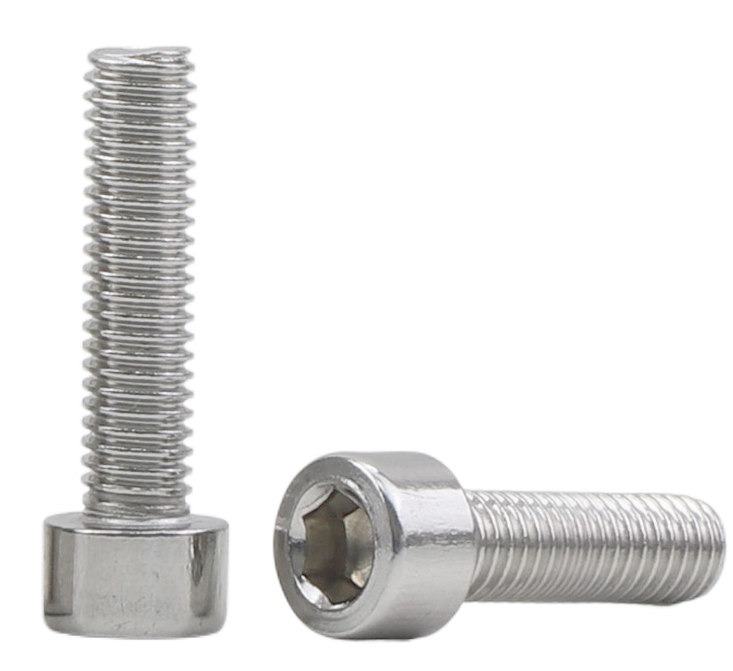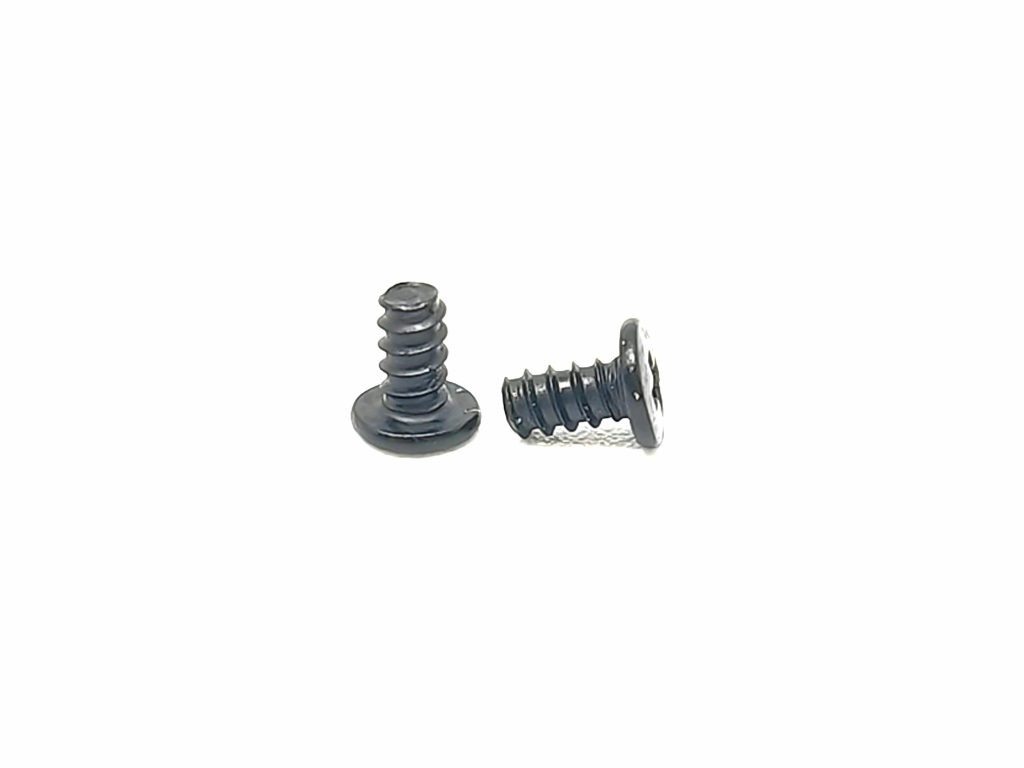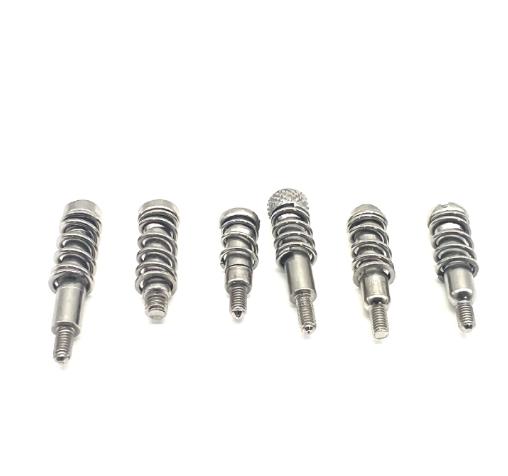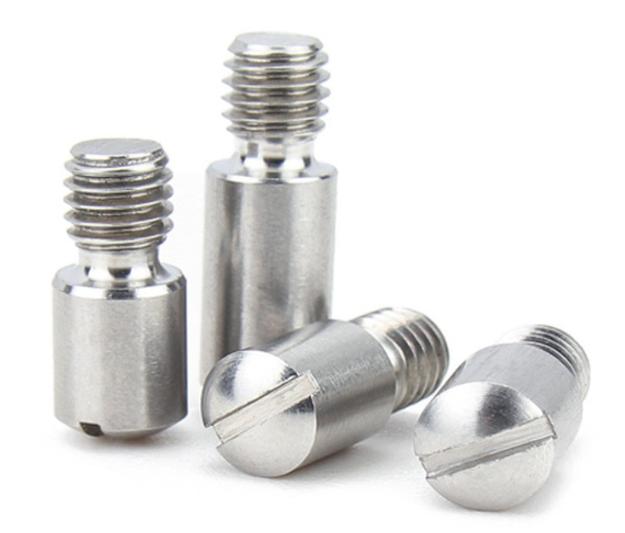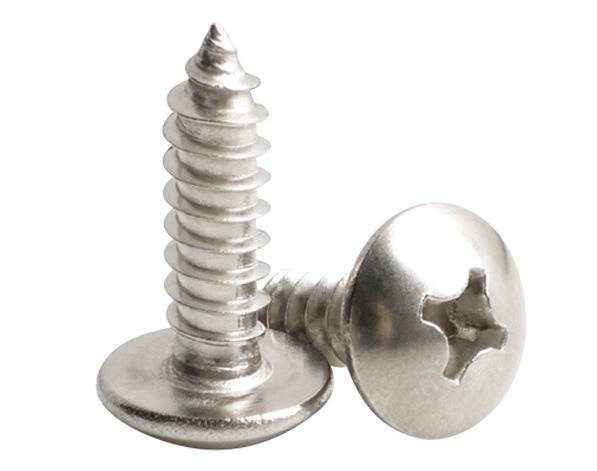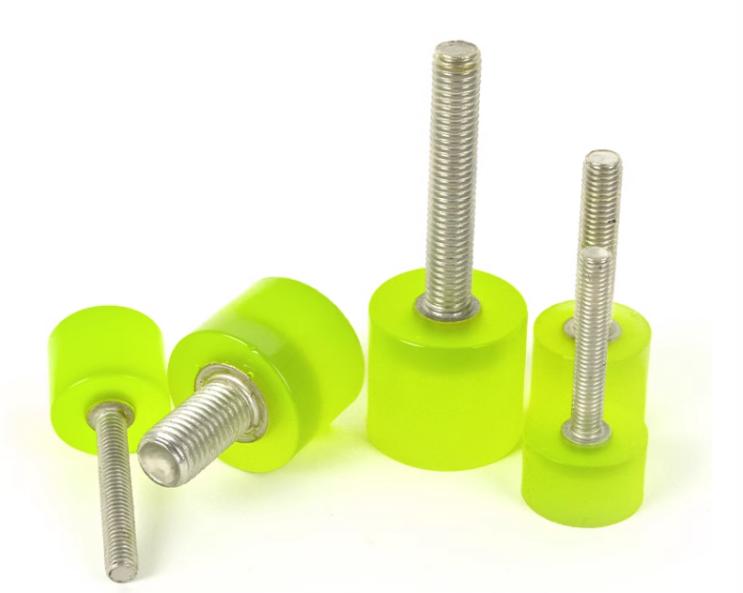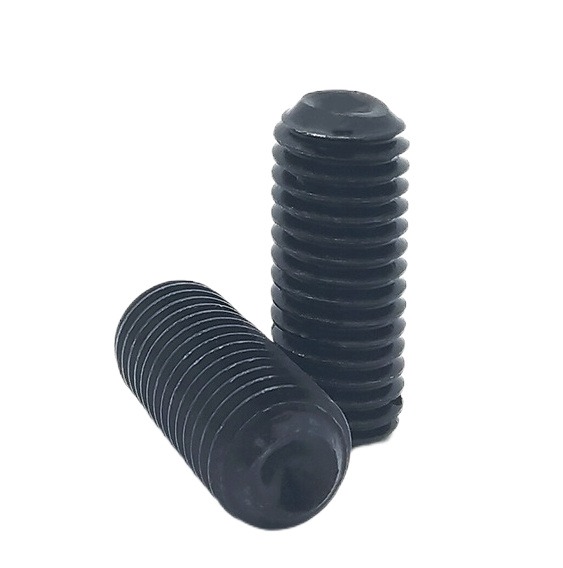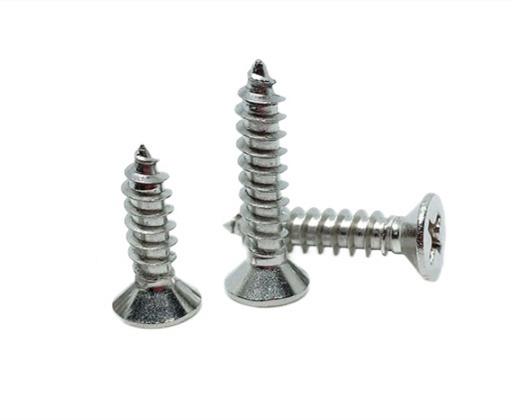How to Optimize the Design and Performance of Self-drilling Screws?
Self-drilling screws have revolutionized construction and manufacturing processes, offering significant advantages in terms of speed, efficiency, and cost-effectiveness. Optimizing the design and performance of self-drilling screws involves careful consideration and advanced techniques to ensure their effectiveness and longevity in various applications.
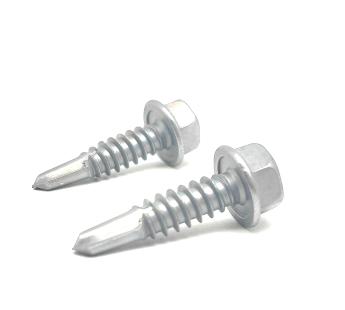
Understanding the Basics of Self-drilling Screws
This chart provides a concise overview of the fundamental aspects of self-drilling screws
| Aspect | Description |
| Purpose | Fasteners that combine drilling and tapping functions in one operation, eliminating the need for pre-drilling holes in metal, wood, plastic, or other materials. |
| Components | Consist of a threaded shank with a drill bit tip, typically made from hardened steel, stainless steel, or other high-strength materials. |
| Drill Bit Tip | Features a sharp, self-centering tip with cutting edges designed to penetrate the material while creating a pilot hole for the screw threads. |
| Head Type | Various head types available, including hexagonal, Phillips, Torx, and square drives, providing compatibility with different installation tools and torque requirements. |
| Application | Widely used in construction, metal fabrication, woodworking, HVAC systems, automotive assembly, and other industries requiring efficient and reliable fastening solutions. |
| Benefits | Eliminates the need for pre-drilling holes Reduces assembly time and labor costs Provides secure and reliable fastening Suitable for a wide range of materials and applications |
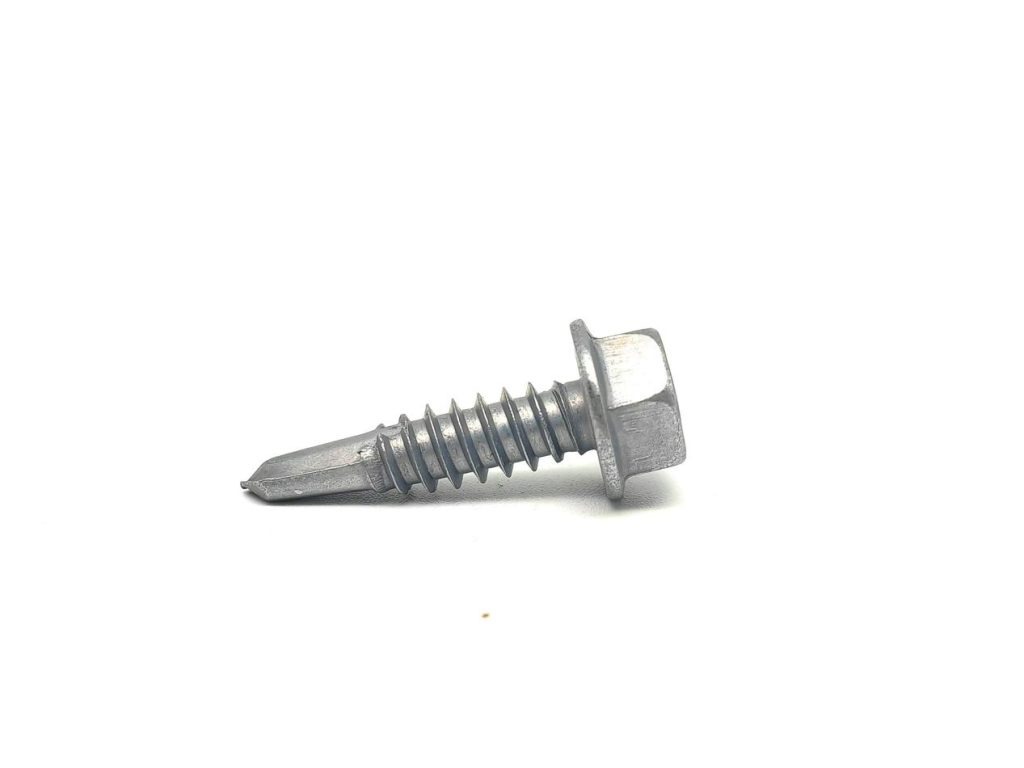
Key Factors for Optimization in Self-drilling Screws
Optimizing self-drilling screws involves focusing on key factors that directly influence their design, manufacturing, and performance characteristics.
1. Material Selection
The choice of material significantly impacts the strength, corrosion resistance, and durability of self-drilling screws. Opt for high-quality materials such as hardened steel, stainless steel, or titanium based on the application’s requirements, environmental conditions, and the materials being fastened.
2. Tip Geometry
The design of the drill bit tip is critical for efficient self-drilling or self-tapping and fastening. Optimize the tip geometry to ensure smooth penetration of the material without excessive torque or damage to the surface. Consider factors like the angle of the cutting edges, flute geometry, and pilot point geometry for optimal performance.
3. Thread Design
The thread profile plays a crucial role in providing secure fastening and resistance to pull-out forces. Optimize the thread pitch, depth, and flank angles to evenly distribute the load along the screw’s length. This minimizes the risk of stripping or shearing under stress, enhancing the screw’s holding power.
4. Coating and Surface Treatments
Applying coatings or surface treatments can improve corrosion resistance, reduce friction during drilling, and enhance overall performance. Choose coatings such as zinc plating, galvanization, or specialized coatings tailored to specific environmental conditions. Ensure proper adhesion and coverage to maximize effectiveness.
5. Heat Treatment and Hardening
Subjecting self-drilling screws to heat treatment processes like quenching and tempering can improve their mechanical properties and durability. Consider hardening techniques such as case hardening or induction hardening to increase wear resistance, particularly in high-stress applications.
6. Head Design
The head design should facilitate easy installation and provide sufficient torque transfer during fastening. Select a head design that suits the application and installation requirements, such as hexagonal heads, Phillips heads, or Torx heads. Ensure compatibility with the installation tool for efficient fastening.
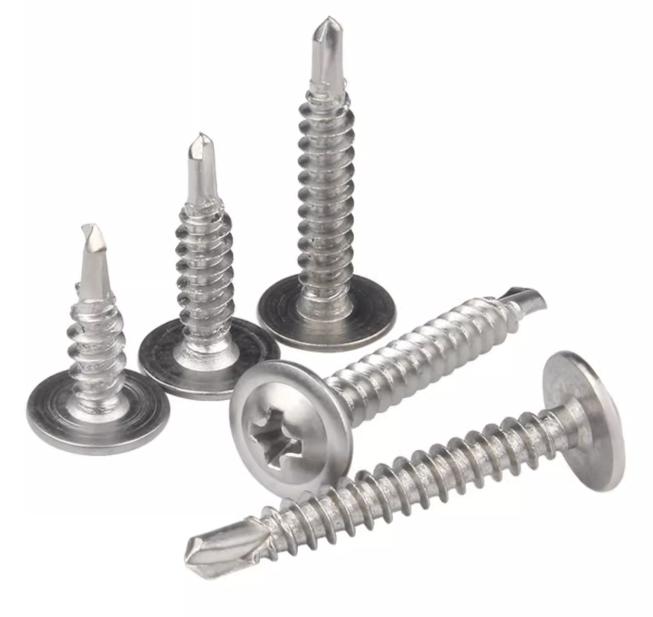
Advanced Optimization Techniques in Self-drilling Screws
1. Finite Element Analysis (FEA)
FEA is a powerful simulation tool used to analyze the structural behavior of self-drilling screws under various loading conditions. It helps identify potential weak points, optimize design parameters, and validate performance before production. FEA allows engineers to predict stress distribution, deformation, and failure modes, enabling them to refine the design for optimal performance and reliability.
2. Prototyping and Testing
Iterative prototyping and testing are essential optimization techniques for self-drilling screws. Prototyping allows engineers to fabricate physical samples of different designs or materials, which can then be subjected to rigorous testing under simulated or real-world conditions. Testing helps evaluate factors such as load-bearing capacity, torque resistance, corrosion resistance, and fatigue life. By analyzing test results and iteratively refining the design, engineers can optimize the performance and durability of self-drilling screws.
3. Material Optimization
Material selection is critical for optimizing the performance of self-drilling screws. Engineers can optimize material properties such as strength, hardness, toughness, and corrosion resistance to meet specific application requirements. Advanced materials, coatings, or surface treatments may be employed to enhance performance characteristics. Additionally, material optimization techniques such as alloying, heat treatment, and surface engineering can be utilized to improve mechanical properties and durability.
4. Process Optimization
Process optimization involves refining manufacturing processes to enhance efficiency, consistency, and product quality. This may include optimizing machining parameters, tooling design, heat treatment processes, and quality control procedures. Continuous improvement methodologies such as Lean manufacturing or Six Sigma can be applied to identify and eliminate process inefficiencies, reduce waste, and enhance overall productivity.
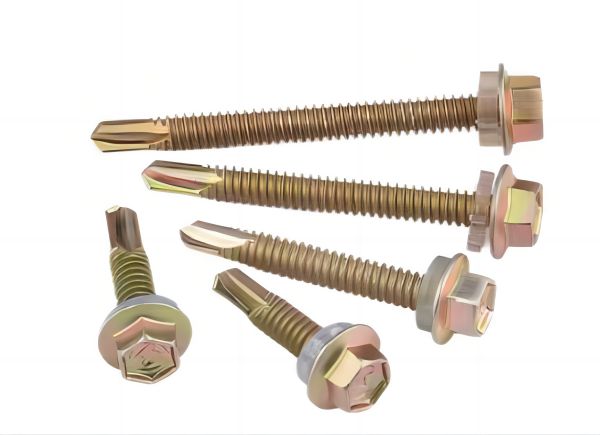
5. Quality Control Measures
Implement stringent quality control measures throughout the manufacturing process to ensure consistency and reliability. This includes precise machining tolerances, dimensional accuracy, and thorough testing to meet industry standards. Monitor process parameters closely to maintain product quality and performance standards.
6. Iterative Improvement
Continuously iterate on the design based on feedback from testing and real-world applications. Conduct thorough testing under various conditions to evaluate performance, identify weaknesses, and validate design improvements. Incorporate lessons learned from testing into future design iterations to drive continuous improvement.
7. Computational Modeling and Simulation
Computational modeling and simulation techniques complement experimental testing in optimizing self-drilling screws. Computer-aided design (CAD) software enables engineers to create detailed 3D models of screw components and simulate their performance under various conditions. Computational fluid dynamics (CFD) simulations can be used to analyze fluid flow and heat transfer during drilling processes. These simulation tools help predict performance, identify design flaws, and optimize parameters such as geometry, material selection, and manufacturing processes.
8. Advanced Manufacturing Technologies
Utilizing advanced manufacturing technologies can improve the precision, repeatability, and efficiency of producing self-drilling screws. Techniques such as additive manufacturing (3D printing), precision machining, and automated assembly systems can be employed to streamline production processes and reduce lead times. These technologies enable the fabrication of complex geometries, customized designs, and prototypes with minimal material waste.
9. Lifecycle Analysis and Sustainability
Consideration of lifecycle analysis and sustainability principles is increasingly important in optimizing self-drilling screws. Engineers evaluate factors such as energy consumption, raw material usage, waste generation, and environmental impact throughout the product lifecycle. By optimizing design and manufacturing processes to minimize environmental footprint while maximizing performance and durability, companies can create more sustainable self-drilling screw solutions.
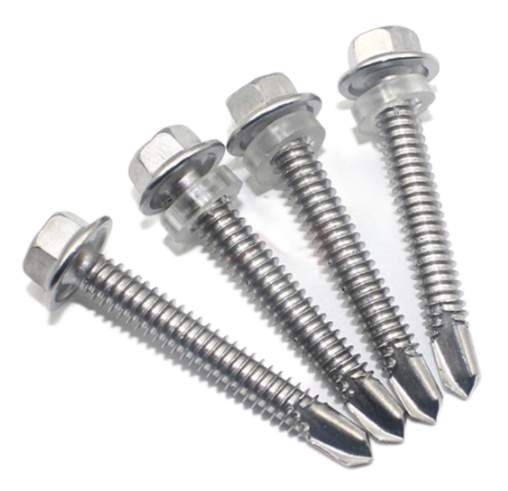
Conclusion
Optimizing the design and performance of self-drilling screws requires a multidisciplinary approach that encompasses material science, mechanical engineering, and quality assurance principles. By employing these advanced optimization techniques, manufacturers can develop self-drilling screws that offer superior performance, durability, and reliability across a wide range of applications. Continuous improvement and innovation are essential to staying competitive in the fastener industry

